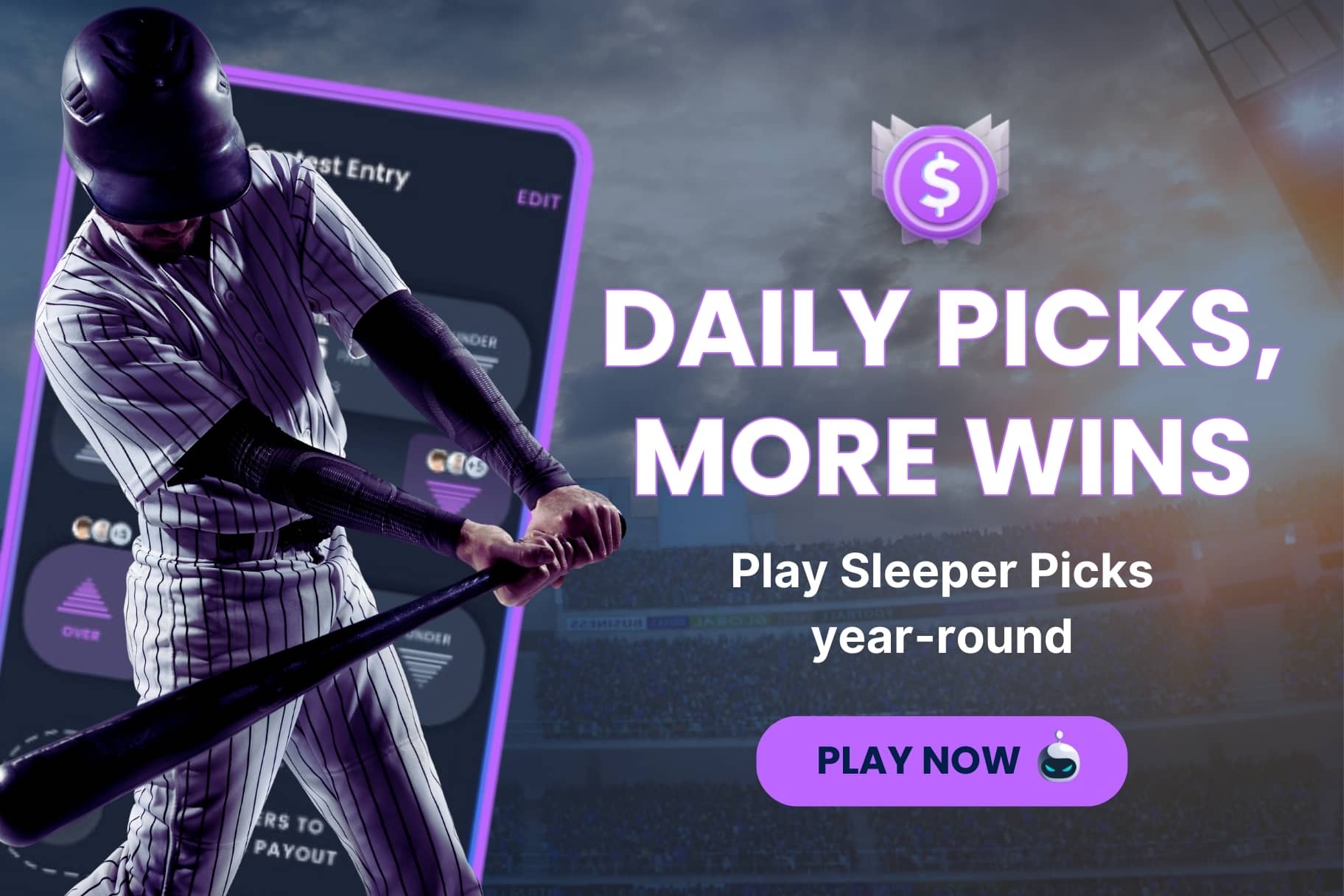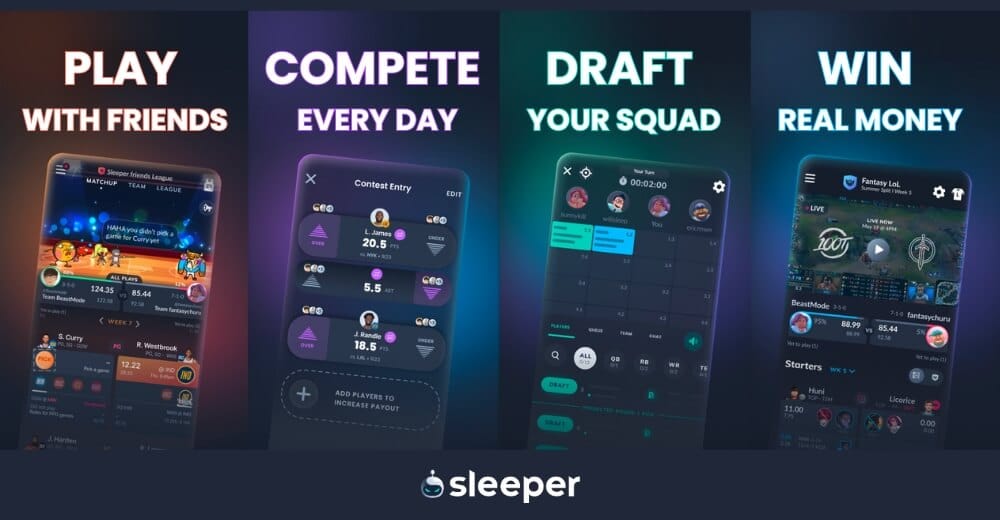Drafting and maintaining a season-long fantasy baseball team is a challenge, but much less so if you plan properly.
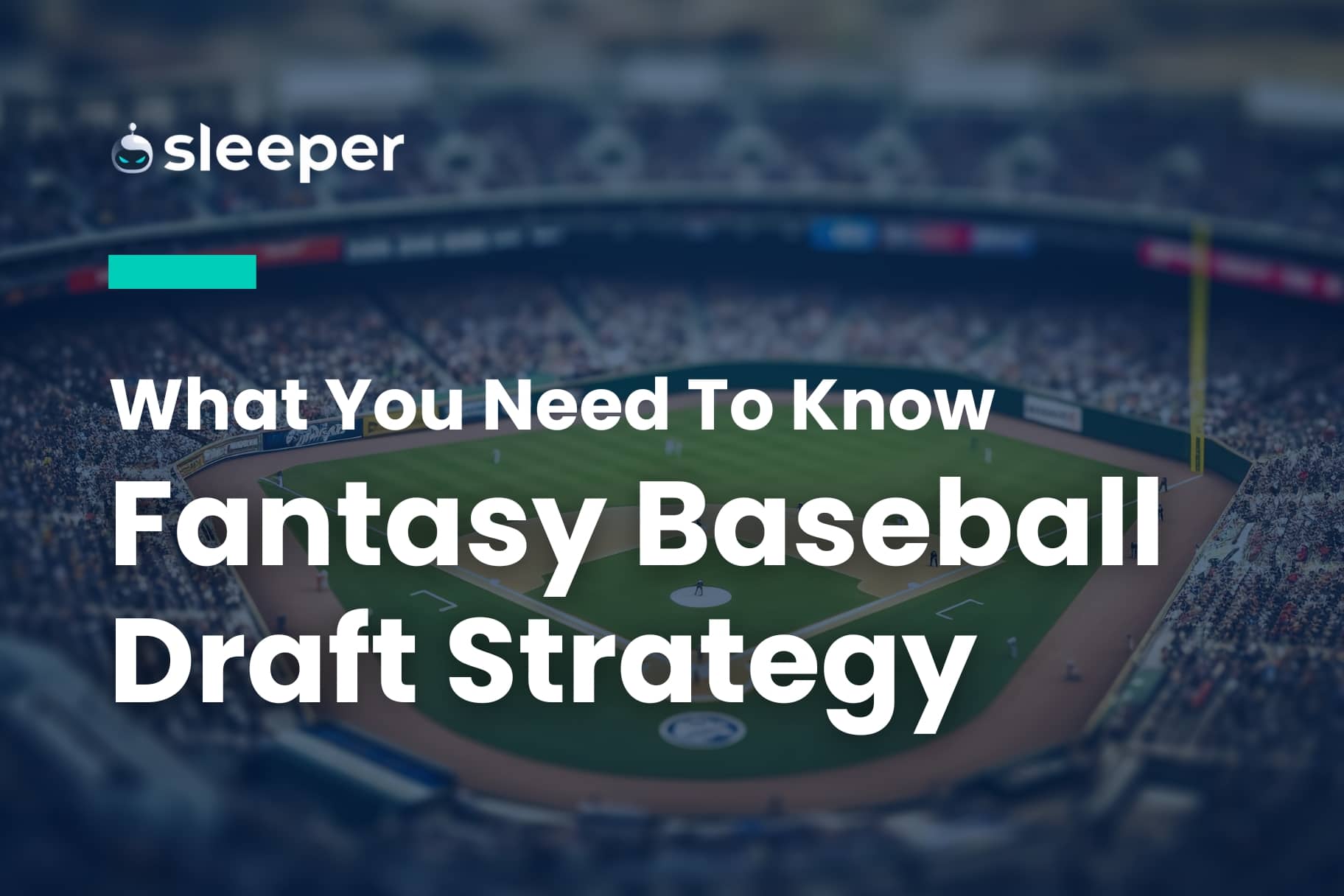
There’s an old saying in Major League Baseball: You can’t win a pennant in April, but you sure can lose one.
That’s also true when it comes to drafting your fantasy baseball team.
If you’re both lucky and diligent, you might be able to recover from a poor draft by making smart pickups from the waiver wire and executing savvy trades.
While you’re at it, you might also be able to salvage a relationship where you show up an hour late for your first date and forget the person’s name.
It’s just a lot easier when you prepare.
Getting Started: How to Prep for a Fantasy Baseball Draft
Before we dive into draft prep, note that you can play fantasy baseball without preparing for and sitting through a draft that takes several hours to complete. Just play Daily Fantasy Sports instead, such as Sleeper Picks, where you pick two or more players and decide whether they will gain more or less than their projected stats for that day (runs, hits, etc.)
If you’re gearing up for a season-long fantasy baseball league, follow this five-step guide to make sure you don’t ruin your season before it even begins.
Know Your League’s Settings
Are you playing in a league with 10 teams or 12 teams?
Is it a snake draft or an auction draft?
Is this a redraft league, a keeper league or a dynasty league?
How big are the rosters, and what positions make up a starting lineup? (Particularly: Do you start one catcher or two catchers?)
Is there a limit on how many pitchers you can own, or a maximum number of starts allowed per week?
Most important of all: What is your league’s scoring format?
We talkin’ rotisserie, head-to-head or season points? And which statistics matter? Batting average or on-base percentage? Hits or total bases? Wins or quality starts? Do relief pitchers get credit for holds? Do pitchers get penalized for losses?
That’s a lot of questions, but it’s far from a comprehensive list of answers you need to have before beginning your actual preparation.
Evaluate Players
For this step, the level of commitment is up to you.
Could be as simple as looking at one site’s statistical projections for the year ahead and trusting whoever wrote it knows their stuff.
Maybe you average the projections from several sites to get more of a consensus expectation of players’ ceilings and floors, AKA volatility and reliability.
Better yet, go all out, dig into numbers and game tape from previous seasons and come up with your own prognostications.
At least do something, though, to get a sense of which players you like and which you’d prefer to avoid.
From there, take a look at a few different average draft position (ADP) rankings, so you know when a player is likely to come off the board.
Where these evaluations should give you an edge is in the latter half of the draft. That’s when you’ll be scooping up high-ceiling players left and right while your competition is fattening up on the low-risk players only marginally better than those who will be available all season long as free agents. Mine yourself even one diamond in the rough and you’re in business.
Do Mock Drafts
Practice makes perfect. Or, in this case, practice makes you much better prepared for what may come on draft day.
Find a mock draft lobby that reasonably matches your league’s specs, have your player evals handy and let ‘er rip.
Then, do it again. The beauty of a mock draft is you don’t have to live with the results for an entire season.
You might end up with a rogue agent who uses their No. 2 overall pick to snag someone you thought you’d be able to grab in the fourth round, but roll with the punches. Being flexible during the real draft will be crucial.
Create Your Cheat Sheet
After doing a mock draft or five, learning who is overvalued and where the sleepers can be found, it’s time to reevaluate things and finalize your hierarchy of preferred players.
Of particular note, before the draft is the moment to re-check depth charts, prospect rankings and, if applicable, spring training stats.
When you’re on the clock and need to pull the trigger in 60-90 seconds, there’s simply no time for doing the research on the fly.
Check the Injured List
Lastly, but perhaps most importantly of all, make sure you’re up to date on the latest injury news. Check this the day of the draft. If you can, do a quick search before making each pick to make sure you didn’t miss any injury news on the player you’re about to draft.
There’s nothing worse than wasting a seventh-round pick on a pitcher who was just diagnosed with a UCL sprain that morning. However, there’s nothing better than throwing a late-round dart at an injured star who recently got some promising news on the rehab front.
Mastering In-Season Strategy: What’s After the Draft?
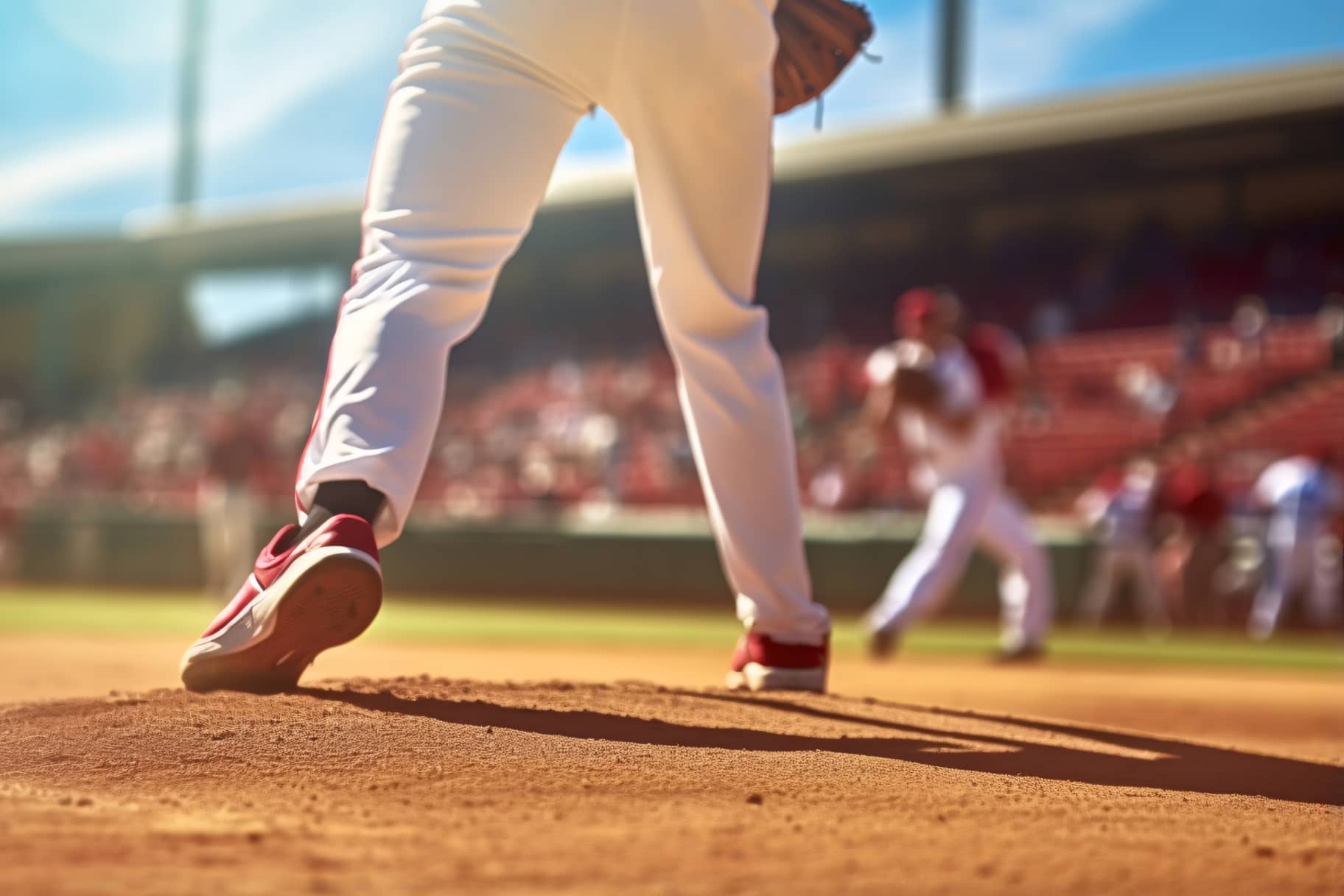
Crushing the draft is merely the first step on the path to a fantasy baseball title.
Tinkering with your roster is the rest of the journey.
Prepare Your Waiver Wire Strategy
Injuries happen. Some players will egregiously fall short of expectation. You need to be ready to adapt, mostly via the waiver wire, because a championship-caliber roster in April might look completely different by August.
The biggest single piece of advice to that end is: React, but don’t overreact. This is especially true in the first few weeks of the season. If you did your pre-draft research, try not to panic when a player you loved as a third-round pick is batting .130 after 13 games.
At the same time, be prepared to accept that there’s a reason you aren’t employed as a full-time scout for an MLB franchise.
When it inevitably comes time to peruse the pool of available free agents, prioritize emerging young talent over veterans who are faring better than normal. While it’s possible a player might have the best season of his career at 32 years old, it’s much more likely that a 24 year old putting up promising numbers will actually remain a productive member of your roster.
Also, when shopping for starting pitching, always be mindful of the upcoming schedule. A mediocre pitcher who is lined up for a few consecutive starts against the worst offenses in the majors could be a sensational pick up. Conversely, acquiring a slightly better pitcher right before he runs into a gauntlet of slugging juggernauts might be a fatal mistake.
Understand Player Roles and Team Context
Pulling at that ‘upcoming schedule’ thread a bit, it’s also important to be aware of how a player is being used on his real-life team.
Does he play every day? Does he generally bat at the top of the lineup or the bottom, which could make a difference of 100 plate appearances over the course of a full season? Even the position he’s playing and/or liable to play at some point can be crucial information.
For instance, Mookie Betts had always been a great fantasy player as an outfielder, but he basically added a fantasy superpower when he gained middle-infield eligibility in 2023. Conversely, Daulton Varsho losing his catcher eligibility after the 2023 campaign made him much less valuable to fantasy owners.
Where player roles can turn on a dime is at MLB’s trade deadline. That’s when closers might suddenly become set-up guys and vice versa. It’s also when players might get shifted to different positions and when both RBI opportunities and playing time in general can change in a big way.
Always be nimble, but especially on trade deadline day.
Final Tactics for Competitive Play
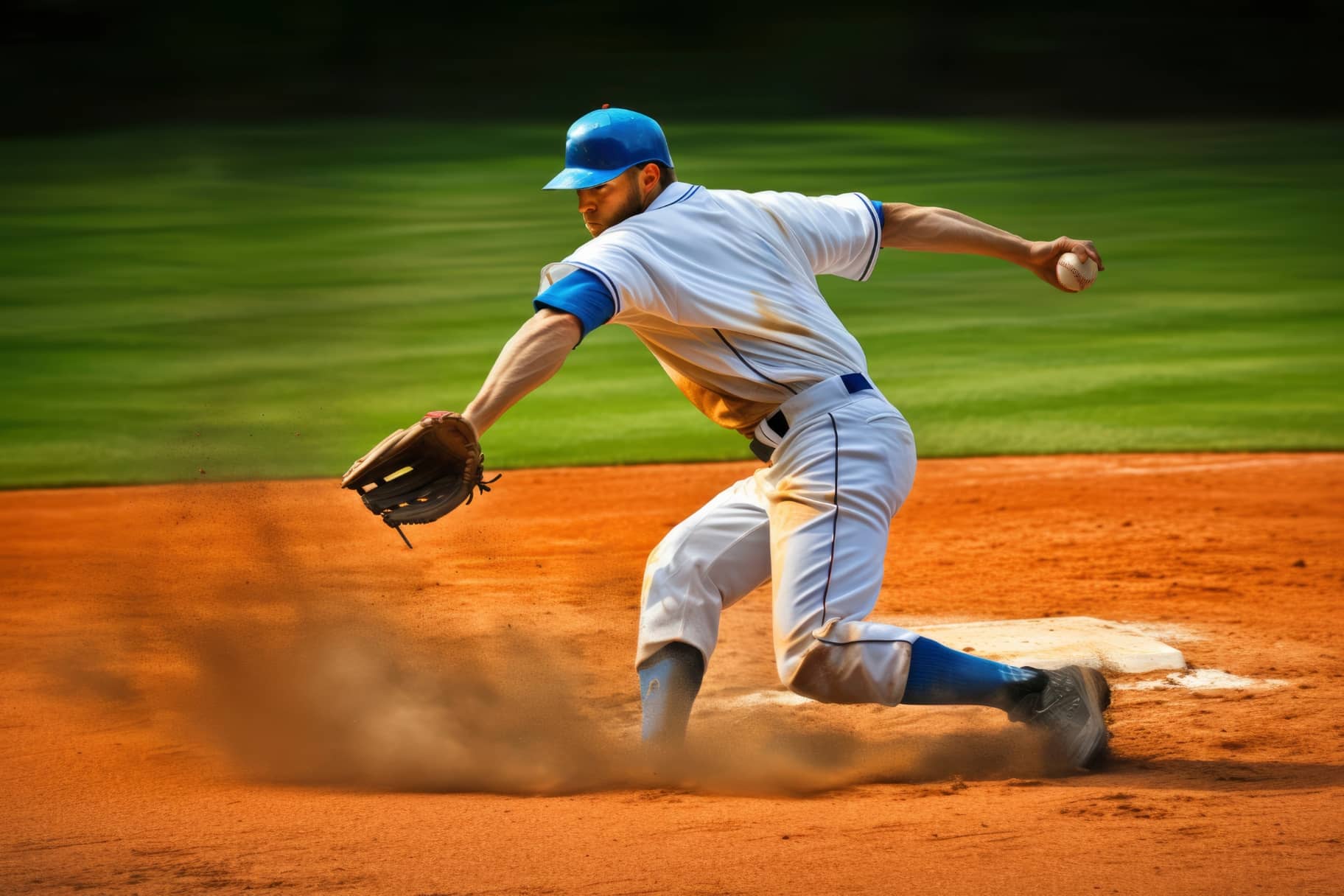
Now that you’ve got the basics, here are a few other things that can give you a leg up on the competition.
Regression Analysis
Don’t be afraid of the advanced mathematics-looking words here. This sounds way more complicated than it actually is, which is simply looking at statistics like BABIP (batting average on balls in play) and xFIP (expected fielder-independent pitching) to get a sense of whether a player is destined for a luck adjustment—for better or worse.
If a hitter has a .200 batting average but also has a BABIP both well below the league average for that year and well below his career BABIP, luck should soon turn in his favor. Conversely, if a hitter is batting .300 but has a BABIP both among the highest in the majors and well above his career norm, beware the impending slump.
The same idea goes with pitchers, except you want to compare earned run average (ERA) to xFIP. If a guy has a 4.75 ERA and a 2.75 xFIP, grab him while you can. If, however, it’s a 2.75 ERA and a 4.75 xFIP: Sell, sell, sell!
Always Be Scouting
It’s one thing to know who is good in the majors, but keeping tabs on who is thriving in the minors can be a game-changer.
In 2019, Yordan Alvarez mashed 23 home runs in 56 games at the Triple-A level. Then, he hit 27 more after getting called up to the big leagues. Owners who snagged him shortly before or right after he got promoted were rewarded handsomely.
That’s an extreme example, but there have been plenty of mid-season call-ups over the years who played a huge role for fantasy champions.
One Man’s Trash…
Before the end of April, You can just about take it to the bank that at least one owner in your league is going to overreact to a slow start and drop a player who they took well before the final round of the draft.
Turn that trash into your treasure, scooping that player up and reaping the rewards if and when he starts to turn things around.
Frequently Asked Questions
What Order Should I Draft in Fantasy Baseball?
You usually won’t have a say in the matter, with the draft order assigned randomly. Even if you do, though, there’s no specific spot that’s inherently more advantageous than the rest. Many prefer having either the first pick or the last pick, though. That way, you get to make back-to-back picks when the order snakes around, and you have plenty of time between pairs of picks to strategize (or just relax for a bit).
Should I Draft Pitchers First?
Dealer’s choice. You could take aces with your first three picks or you could ignore pitching altogether and load up on elite bats until the seventh round. It could work out nicely either way. The big thing is to be aware of which positions are scarcest in that season (and based on your league’s settings). If there are only a handful of shortstops worth owning, that doesn’t need to be your first-round pick, but better grab one before they’re gone.
Which is Better: Snake Draft or Auction Draft?
Again, it’s a tossup. You have more control over who you can get in an auction draft, but success typically requires more pre-draft research and considerably more in-draft focus. An auction draft usually takes much longer to complete than a snake draft. If you’re just starting out, you should probably go with a snake draft.
Final Thoughts
The moral of the story here is that to succeed in fantasy baseball, you need to prepare before the draft and pay attention throughout the season.
This isn’t March Madness where you could spend a whole five minutes filling out a bracket based on mascots and jersey colors and still win your pool. Season-long fantasy baseball is more like making pizza from scratch. It’s a commitment that can be intimidating at first, and you’ll probably burn the first few. But it’s fun, and you get better at it as you figure out the ingredients that work for you.
If you’re ready to give it a try, you can download the Sleeper app to dip your toe into the world of daily fantasy baseball and access the latest MLB fantasy news and alerts.
